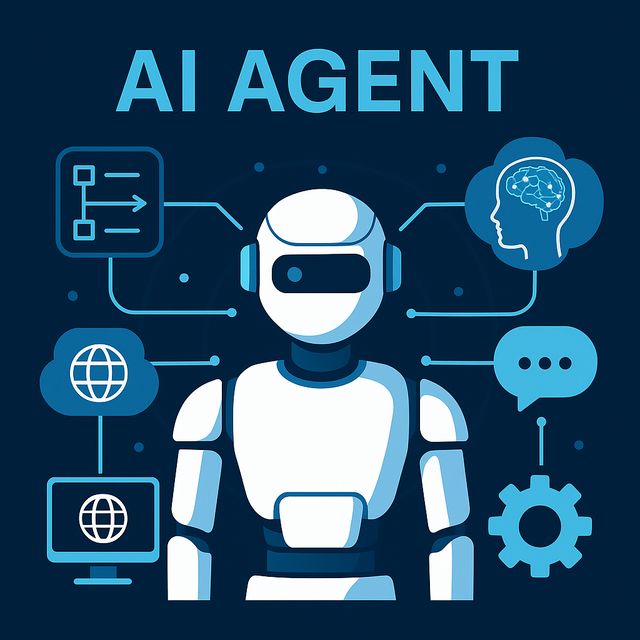The expansion of 5G technology marks a transformative milestone in telecommunications, promising faster speeds, lower latency, and enhanced connectivity across industries and everyday life. As we increasingly rely on digital applications, cloud services, and connected devices, 5G emerges as the backbone of the next digital revolution. This article explores the history of 5G, how it differs from previous generations like 4G, and its implications for businesses, consumers, and even public health. We’ll also examine how 5G compares to Elon Musk’s Starlink satellite network and which telecom companies are leading the charge in deploying this cutting-edge technology.
The Evolution of Wireless Technology: From 1G to 5G
Wireless communication has evolved significantly over the past few decades, transitioning through multiple generations to meet the ever-growing demand for connectivity.
- 1G (1980s): The first generation of wireless technology enabled analog voice calls, but with limited coverage and poor sound quality.
- 2G (1990s): Introduced digital encryption and SMS (Short Message Service), improving call quality and enabling text messaging.
- 3G (2000s): Brought mobile data capabilities, allowing for web browsing and multimedia applications, paving the way for smartphones.
- 4G LTE (2010s): Revolutionized mobile connectivity with high-speed internet, video streaming, and a massive app ecosystem.
While 4G LTE has provided reliable connectivity for most applications, 5G introduces significant improvements that address the shortcomings of its predecessor:
- Speed: 5G can reach speeds up to 10 Gbps—up to 100 times faster than 4G—allowing near-instant downloads and high-definition streaming without buffering.
- Latency: 5G reduces latency to as low as 1 millisecond compared to 50 milliseconds in 4G, making real-time applications like autonomous vehicles and remote surgery viable.
- Capacity: 5G networks support a higher density of connected devices, crucial for the Internet of Things (IoT) era, where billions of smart devices will communicate simultaneously.
- Energy Efficiency: The new network is designed to consume less power, extending the battery life of connected devices and reducing environmental impact.
- Network Slicing: Unlike 4G, 5G enables network slicing, allowing operators to create customized virtual networks tailored to specific applications or industries.
5G vs. Starlink: Key Differences and Applications
While 5G relies on terrestrial infrastructure such as cell towers and small cells to provide connectivity, Elon Musk’s Starlink project is based on a network of low Earth orbit (LEO) satellites. The primary differences between the two technologies include:
- Infrastructure: 5G networks require dense cell tower deployment, whereas Starlink utilizes satellites to provide global coverage.
- Coverage: Starlink is ideal for remote and rural areas where traditional cellular infrastructure is not feasible, whereas 5G excels in urban areas with high device density.
- Latency: 5G offers significantly lower latency compared to satellite communications, making it preferable for applications that demand real-time response.
- Speed and Bandwidth: 5G provides higher data rates compared to Starlink, especially in areas with established infrastructure.
Both technologies are complementary rather than competing, with 5G dominating in cities and Starlink providing coverage to underserved regions
The Impact of 5G on Various Sectors
The deployment of 5G will have profound implications across multiple sectors, shaping the way we live and work:
- Healthcare: 5G will enable remote surgeries, telehealth consultations, and AI-driven diagnostics with ultra-low latency and real-time data sharing.
- Automotive: Autonomous vehicles will rely on 5G for split-second decision-making and communication with infrastructure, improving road safety and efficiency.
- Smart Cities: Traffic management, surveillance, and energy distribution will be optimized through IoT devices powered by 5G connectivity.
- Manufacturing: Industry 4.0 will thrive with 5G-enabled smart factories, robotic automation, and predictive maintenance.
- Entertainment and Gaming: Augmented reality (AR), virtual reality (VR), and cloud gaming experiences will be seamless with 5G’s ultra-fast speeds.
Concerns About 5G and Public Health
Despite the immense benefits, concerns have been raised about the potential health risks associated with 5G technology. Critics argue that the increased number of cell towers and higher-frequency radio waves may pose risks to human health. However, numerous studies conducted by the World Health Organization (WHO) and Federal Communications Commission (FCC) indicate that 5G radiation levels fall within safe limits and are non-ionizing, meaning they do not damage DNA or cells. Still, ongoing research and transparent communication from telecom companies are necessary to address public concerns.
Leading Telecom Companies Driving 5G Deployment
The race to deploy 5G is being led by some of the world’s largest telecommunications companies, including:
- Verizon: A leader in the U.S. 5G market, offering ultra-wideband services across major cities and expanding coverage rapidly.
- AT&T: Providing nationwide 5G coverage with a focus on business applications and private network solutions.
- T-Mobile: Leveraging a mix of low-band and mid-band spectrum to offer broad 5G coverage with consistent performance.
- Huawei: A dominant force in global 5G infrastructure, particularly in Asia and Europe, despite facing regulatory scrutiny in some markets.
- Ericsson and Nokia: European giants leading the charge in 5G equipment manufacturing and deployment worldwide.
The Future of 5G and Beyond
Looking ahead, 5G will continue to evolve, unlocking new opportunities such as:
- 6G Development: Research into 6G is already underway, aiming for even faster speeds, sub-millisecond latency, and seamless integration with AI.
- AI-Driven Networks: Machine learning and AI will optimize 5G networks, enhancing efficiency and predictive maintenance.
- Global Connectivity: Efforts will focus on bridging the digital divide by expanding 5G to rural and underserved areas.
The expansion of 5G technology represents a pivotal shift in the digital landscape, bringing unparalleled connectivity, efficiency, and innovation across industries. While challenges such as infrastructure rollout, regulatory concerns, and public health debates persist, the potential benefits far outweigh the drawbacks. As the world moves towards an increasingly connected future, 5G will serve as the foundation for next-generation applications and services, driving economic growth and improving quality of life for millions.


